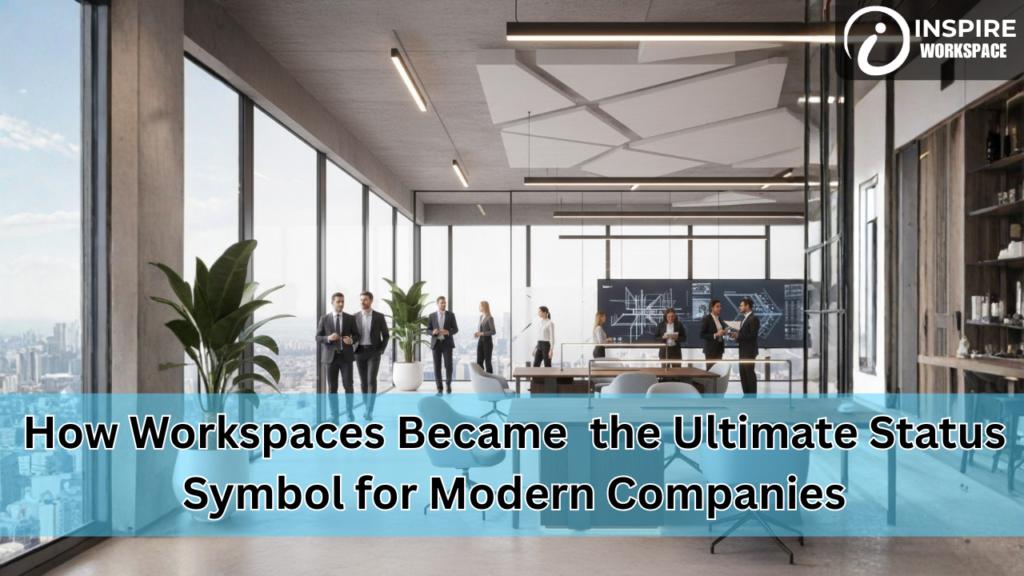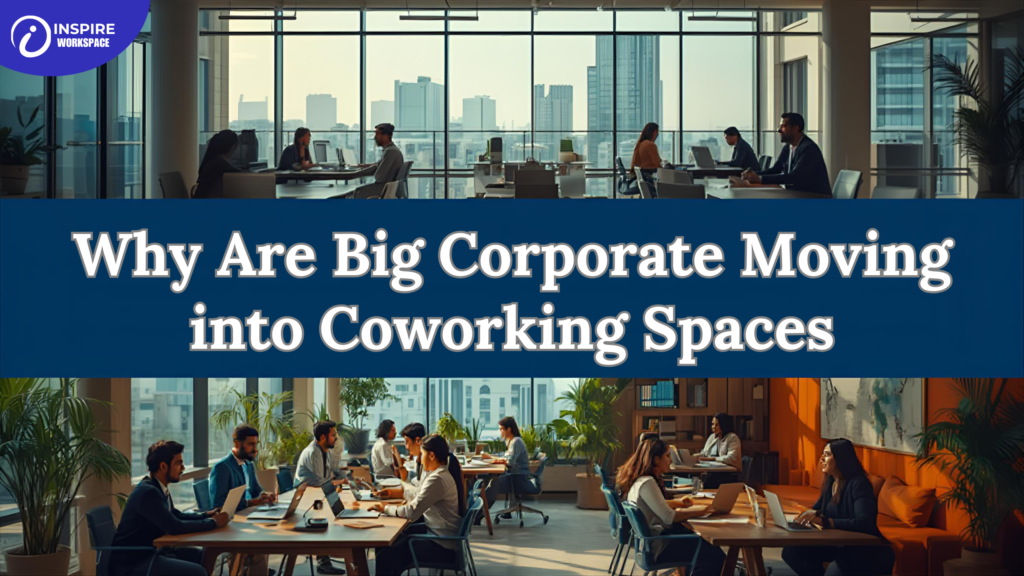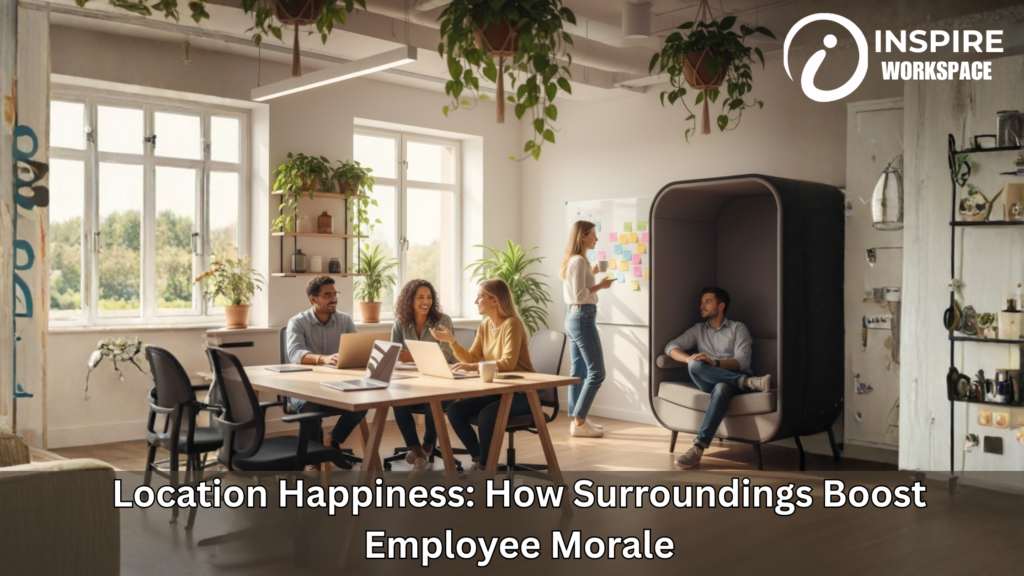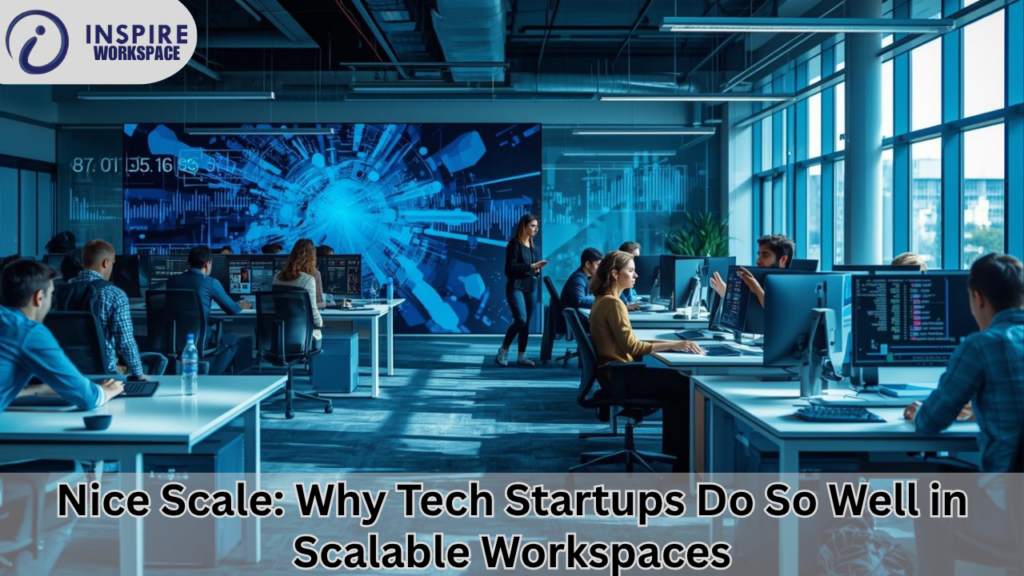How Workspaces Became the Ultimate Status Symbol for Modern Companies
Introduction Not too long ago an office was just a place to work. It wanted desks, chairs, a couple of cabins and perhaps a meeting room if times were good for the company. Now that categorization is reversed from what it was. Workspaces are not longer just functional requirements they have become strong signifiers of success, trust, and brand. From glass-faced high-rise offices to designer interior coworking hubs, businesses are now making a statement about who they and by extension, partners and clients really are and how serious they want to be taken. These days, perception is reality in business. Long before a single word is spoken, clients, investors, partners and yes employees are sizing up the company by its office. A premium workspace speaks volumes: this brand means business, they are professional, they are expanding and you can trust them. A cool office can also generate immediate trust for startups. For startups, it‘s establishes authority and market position. Then came the trend of social media, startup culture and experiential business. Office tours on Instagram, LinkedIn workplace stories and behind-the-scenes reels have made workspaces into public brand assets. The office is no longer tucked out of sight it is an integral part of the company’s identity. This change has transformed how companies approach real estate, design, location and the employee experience. From Function to Image So many had been stagnant for so long, their furnishings and spaces planned primarily with seating capacity and the bottom line in mind. But design today is crucial. Acontemporary workspace is the reflection of what the company stand for; be it innovation, creativity, professionalism, or luxury. Open layouts represent transparency. Glass cabins suggest accessibility. Premium lounges reflect a culture of ease and openness. Now, businesses meticulously curate it all every light and color palette, each piece of furniture and breakout zone. These are not mere style choices; they constitute brand decisions. Fintech companies want to appear slick and futuristic. A creative agency has to feel bold and vital. One firm is all about elegance and order. The workplace becomes a materialization of the personality of the brand. Location as a Power Signal Where you have your office is also now a key status marker. Simply being in a prime business district, tech corridor or luxury commercial complex can immediately bolster the image of a brand. Stability, scale and success are often suggested by a premium address. For a lot of clients and partners, having a great location inspires immediate confidence perhaps even ahead of browsing case studies or portfolios. Coworking spaces have been a big part of that here. They give small and medium-sized companies access to the best locations, which used to be limited to Fortune 500 types. This has democratized “status” while maintaining exclusivity in appearance. Why Clients and Talent Care The clients of today don’t just purchase services, they also buy experiences and trust. When you take them to a premium workspace then it gives them confidence that this business is well-organized, it’s financially stable and this business will be professional. It exerts its influence discreetly through negotiation, partnership and long term contracts. At the same time, competition for talent has never been fiercer. Workers particularly younger workers are seeking more than just pay. They like environment, culture, flexibility and pride in where you work. A sleek, thoughtful office design not only raises morale but also productivity and loyalty. People like to say, “This is where I do my work.” The Psychology Behind Status Workspaces And there is sound psychology at work here. Man associates quality of environment with quality of thinking and acting. When founders grow up in higher-quality environments, they tend to think bigger, carry themselves with more confidence and insist on the highest standards. The same applies to teams. A stimulating environment promotes autonomy, discipline and ambition. This transformation has converted office spaces from a recurring fixed cost, to a strategic business investment. Businesses are no longer saying, “How cheap can we go?” They’re asking, “What does this space say about us?” The Role of Premium Coworking The premium coworking spaces have fast-tracked this change. They tote ready-made cachet to businesses: luxury interiors and world-class amenities, professional meeting rooms and thriving communities all without large upfront investment. (Startups operating out of these have as much immediate scale and credibility as their space implies.) These are the kinds of workplaces that chafe at the thin membrane separating corporate offices and lifestyle spaces. With built-in cafes, lounges, event spaces, wellness rooms and smart technology, the office becomes an experience not just infrastructure. Conclusion Read more Workspaces are no longer a quiet backdrop to business they are the stories. They inform clients how much faith they can put in a brand, employees how much they matter, and competitors the extent to which it’s worth taking a company on. The office, in today’s curiosity economy, has become an instrument of power and a status symbol. The growing demand for branded environments across various sectors exposes the reality that brand image is not only made through marketing and digital, but also by physical spaces. An excellent workspace enhances confidence, draws better prospects, performs the team well and creates credibility over the long run. The contemporary office isn’t just square footage. It is measured by influence, experience and brand power. And as the future of work keeps changing, one thing remains clear: where you work now shapes how the world views your business. In a world where everything is based on first impressions, yours has become one of your most important mutest ambassadors.










